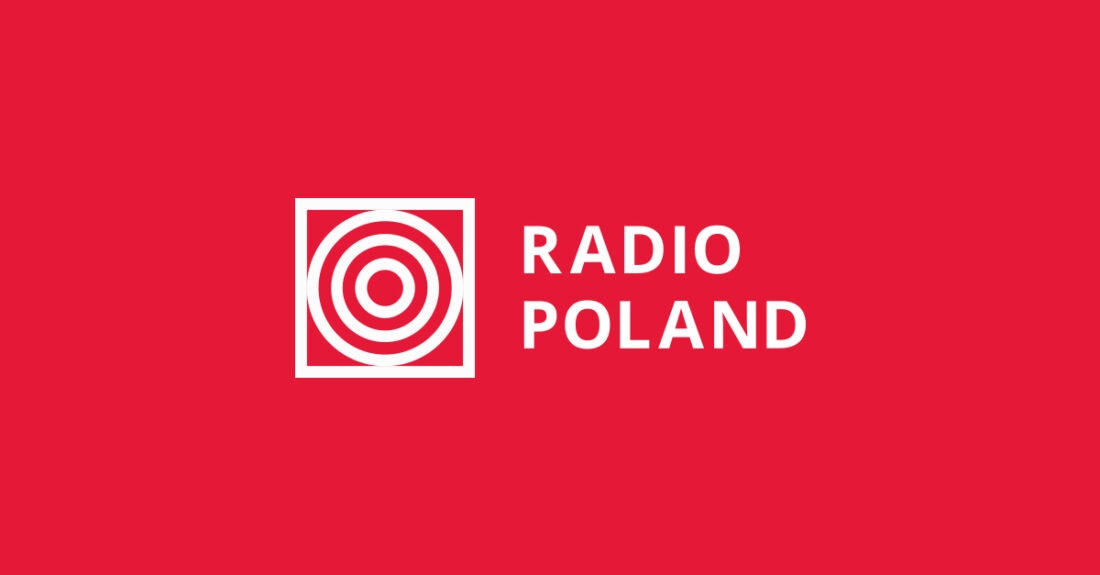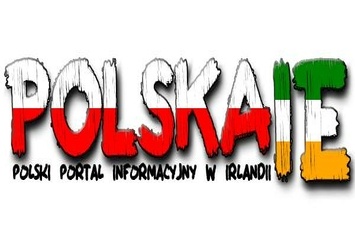Russia raises stakes as US, Europe push for Ukraine peace: analysis

Moscow is escalating its demands and raising the stakes as the United States and Europe push for an end to Russia’s war in Ukraine, according to a Polish political scientist. Read his analysis below:

Pixabay LicenseImage by Wilfried Pohnke from Pixabay
American media outlets have disclosed elements of Washington’s peace plan, which was outlined by a US delegation—consisting of Secretary of State Marco Rubio, special diplomatic envoy Steve Witkoff, and Ukraine envoy Gen. Keith Kellogg—during a meeting in Paris on April 17 with officials from France, Britain, Germany, and Ukraine.
Shortly afterward, a European-Ukrainian counterproposal was published by the Reuters news agency.
The one-page “Trump Plan” was met with strong opposition in Ukraine, reinforcing the widely held perception that the US is leaning toward Russia’s position. Ukrainian Deputy Prime Minister Yulia Svyrydenko said that her country „is ready to negotiate—but not to surrender.” Much of the backlash centred on provisions suggesting de jure recognition of Russia’s annexation of Crimea and a renunciation of Ukraine’s NATO aspirations.
While Kyiv remains open to negotiating a peace deal, it views formal recognition of Crimea’s annexation as a dangerous precedent and sees the absence of credible security guarantees as a setup for renewed conflict within a few years.
Ukraine also refuses to reduce its armed forces or voluntarily withdraw from parts of the Luhansk, Donetsk, Zaporizhzhia and Kharkiv regions that remain outside Russian control.
Despite its criticism of the US proposal, Kyiv and its European partners regarded it as a negotiable framework and presented their own counteroffer during a meeting in London on April 23.
Although a scheduled meeting of foreign ministers was canceled—reportedly after Ukrainian President Volodymyr Zelensky rejected recognising Russia’s annexation of Crimea—Gen. Kellogg still attended.
The European-Ukrainian proposal addressed the same core issues but included key modifications: it required a full ceasefire as a precondition for talks, avoided any territorial concessions (either de jure or de facto), called for robust security guarantees from the US, and outlined clear mechanisms for Ukraine’s postwar reconstruction.
However, this version of the plan appears unacceptable to Trump, largely because it is unacceptable to Moscow—rendering any near-term agreement unlikely. The US appears more focused on reaching a quick deal than on upholding international law or compelling Russia to make concessions.
Moscow’s response to the Trump plan was also negative. Despite Witkoff’s extensive discussions with Russian President Vladimir Putin, the plan does not appear to have been coordinated with the Kremlin. Alternatively, Russia may be deliberately raising its demands, aware that Trump faces pressure to show diplomatic progress early in his return to office.
For its part, the Kremlin seems comfortable prolonging the conflict while attempting to regain control of the Kursk and Belgorod regions from Ukrainian forces.
In a recent interview with Brazilian media, Russian Foreign Minister Sergei Lavrov reiterated Russia’s maximalist demands, which clash with both the Trump plan and the European-Ukrainian proposal.
The funeral of Pope Francis in Rome created a brief diplomatic window for a 15-minute tête-à-tête between Zelensky and Trump inside St. Peter’s Basilica.
Zelensky described the meeting as „symbolic” and potentially „historic,” a sentiment echoed by Trump in a social media post, in which he expressed doubts about Putin’s sincerity and suggested sanctions might be necessary.
However, subsequent remarks by Trump and Rubio cooled the optimism generated by the meeting.
At this point, the only shared concern between Russia, Ukraine, and Europe appears to be the fear that the US might walk away from negotiations altogether.
Recent comments by Trump and Rubio have suggested this possibility, increasing pressure on all parties to make concessions. While such a scenario would least harm Russia—particularly if it involved cutting US aid to Ukraine—Putin’s announcement of a ceasefire from May 8 to 10 suggests that Moscow is using peace talks with Washington as leverage to push for greater strategic gains.
Tadeusz Iwański






